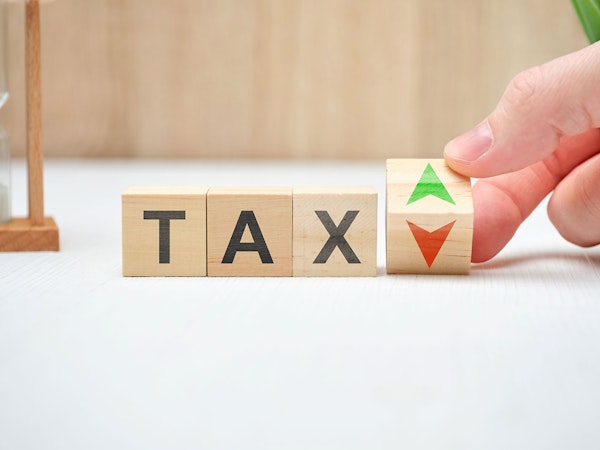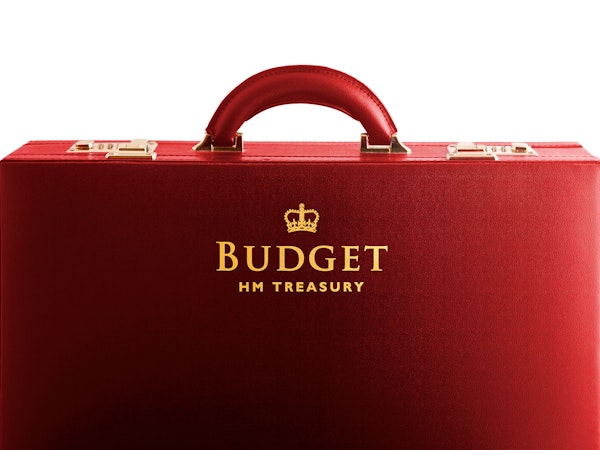Businesses prepare for long term tax hike
The 3 March Budget provided an immediate sweetener for businesses in the form of a temporary extension to carry back of trading losses, plus, for companies only, a temporary super-deduction for investment in plant and machinery. However, in two years’ time, the main rate of corporation tax will rise to 25%.

Trading losses
The period over which businesses can carry back trading losses has been extended from one year to three years:
- For the self-employed, a maximum £2 million of trading losses made in either 2020/21 or 2021/22 can be set against trading profits of the three previous tax years.
- For companies, carry back against total profits is extended to 36 months for loss making accounting periods ending between 1 April 2020 and 31 March 2022. The £2 million cap applies to claims beyond the normal 12-month carry back.
Super-deduction
From 1 April 2021 to 31 March 2023, companies investing in qualifying plant and machinery will benefit from a 130% super-deduction. This means that for every £10,000 spent, there will be a £13,000 deduction against profits, saving corporation tax of £2,470. Currently, the tax saving would be just £1,900 within the annual investment allowance. The super-deduction is for those assets that would normally qualify for the 18% writing down allowance. However, only expenditure on new plant and machinery qualifies; motor cars are also excluded.
There is also a 50% first-year allowance for expenditure falling into the special rate pool, but this is less generous than the 100% annual investment allowance.
Corporation tax
From 1 April 2023, there will be two rates:
- A small profits rate of 19% where profits are below a £50,000 lower limit, and
- A main rate of 25% where profits exceed a £250,000 upper limit.
Where profits are between the lower and upper limits, a marginal taper will apply so that the rate of tax is gradually increased from 19% to 25%. However, this means the rate on this band of profits will be an even more punitive 26.5%.
Some examples of how the temporary loss relief extension will apply for both the self-employed and for companies can be found here.





